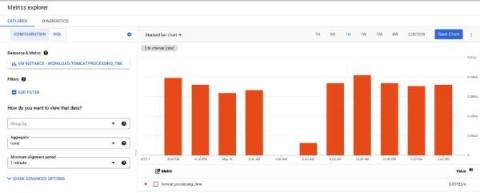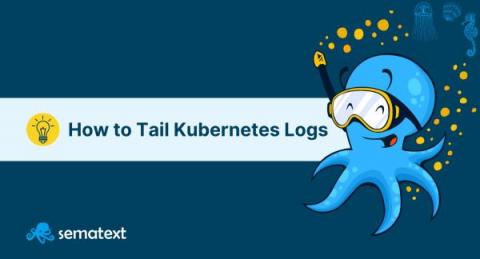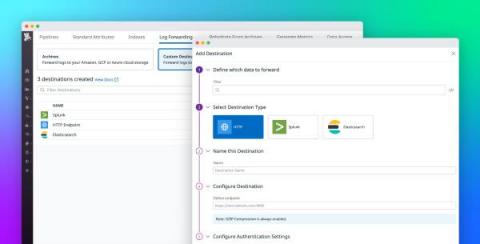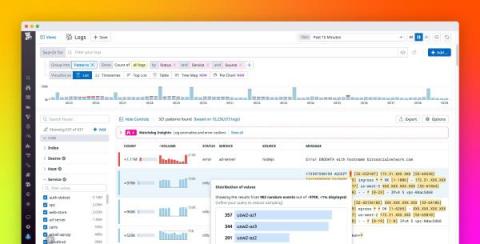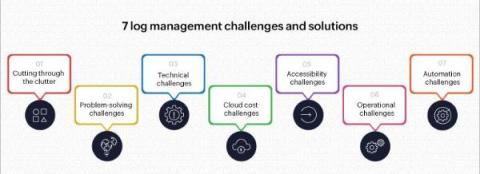Operations | Monitoring | ITSM | DevOps | Cloud
Logging
The latest News and Information on Log Management, Log Analytics and related technologies.
Q&A from Our Recent Observability Webinar
Earlier this month I hosted the “Everything You’ve Heard About Observability is Wrong (Almost)” webinar– thanks to all of you who attended. I wanted to follow-up with the attendees as well as those who were not able to join. As promised, it wasn’t the same old Observability presentation that we have grown accustomed to you know, all marketing with little value.
Customer Immersive Experience: The Future with Splunk & AWS
Splunk and Amazon Web Services (AWS) are celebrating 10 years of strategic collaboration — an incredible milestone which demonstrates our commitment to teamwork, co-innovation and exceptional, data-driven outcomes for our joint customers.
Where Are You In Your Observability Journey?
Observability is the ability to see and understand the internal state of a system from its external outputs. Logs, Metrics, and Traces, collectively called observability data, are three external outputs widely considered to be three pillars of observability. Now more than ever, organizations of all sizes must employ the necessary processes and technologies to harness the power of their data and make it more actionable.
No query, no problem: How LM Logs is built for everyone
How to Tail Kubernetes Logs: Using the Kubectl Command to See Pod, Container, and Deployment Logs
Logs are a critical aspect of any production workload, as they give you insight into what is happening in your system and tell you which components may be having issues. The traditional method of looking at logs involves basic Linux commands like tail, less, or sometimes cat.
Route logs to third-party systems with Datadog Log Forwarding
Large organizations often rely on multiple monitoring tools, security platforms, and auditing systems to meet the diverse needs of their observability, security, engineering, and compliance teams. Because these teams may use the same logs for many different use cases—including detecting potential threats or breaches, troubleshooting errors, and gauging the effectiveness of new features—it can be difficult to effectively standardize and route data.
Discover the values behind log patterns with Pattern Inspector
Whether you’re rushing to troubleshoot an incident or proactively performing a security audit, the trial-and-error process of searching through millions of logs for key information can be time-consuming and cumbersome. To help you quickly surface important details from large swaths of log data, Datadog’s Log Explorer allows you to search and filter your logs, create visualizations, as well as group your logs by fields, patterns, or transactions.
7 log management challenges and solutions
Arthur Conan Doyle's Sherlock Holmes famously said, "You see, but you do not observe." Collecting application logs exhaustively and interpreting them to support business objectives are two different things. Application logs, also called app logs, event logs, and audit trails, are automatically generated records of computational events in IT environments.


